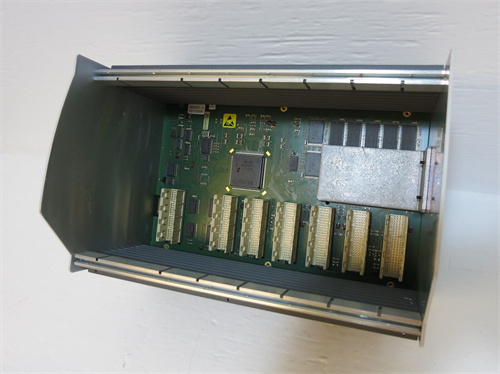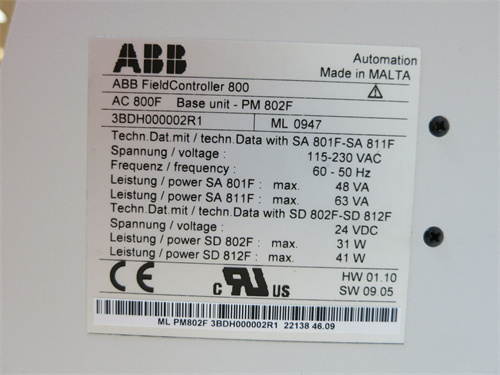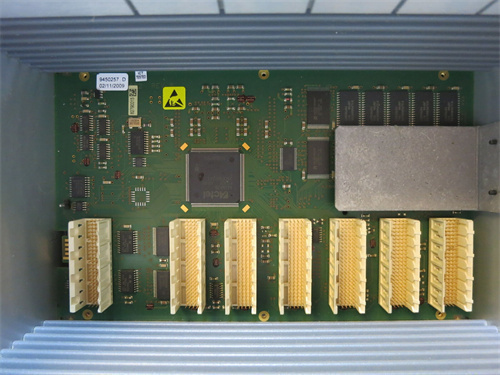The ABB PM802F is a powerful controller or power meter. The following are its detailed parameters, specifications, dimensions, weight, series, features and functions:
Parameters and specifications:
The PM802F has two specifications of voltage and current parameters. The first specification is that the voltage range is 100 to 240V AC, the current range is 0 to 10A, the frequency is 50/60Hz, and the power factor is 0.5 to 1.0. The second specification is the input voltage range of 12~48VDC, the output voltage of 5VDC, and the maximum output current of 10A.
Efficiency is greater than 90%.
Uses a 32-bit RISC processor.
Programming methods include instructions and ladder diagram, processing speed of 0.5us, with power outage hold function, user program capacity of 8000 steps.
With a variety of timers, such as 100mS timer, 10mS timer and 1mS timer, the specifications are 0.1~3276.7 seconds, 0.01~327.67 seconds and 0.001~32.767 seconds.
The counter specifications include 16-bit counters and 32-bit counters with set values ranging from K0 to 32,767 and K0 to 2,147,483,647, respectively.
Size and weight:
Dimensions: 170mm x 105mm x 32mm.
Weight: About 120g.
Series:
The PM802F is part of ABB’s automation and control systems portfolio.
Features:
The PM802F is a compact, versatile power meter that provides measurement and comprehensive power analysis for a variety of electrical systems.
The controller has fast and reliable processing speed, adopts high speed processor and advanced algorithm.
It has a large capacity of memory and supports a variety of communication protocols, such as Ethernet, Profibus, CAN, etc.
Easy to program and debug, support a variety of programming languages.
It has high scalability and can easily add various input/output modules and function modules.
Capable of operating temperatures from -20°C to +50°C and storage temperatures from -40°C to +70°C.
Functions:
PM802F is used in power systems to monitor key parameters, such as current, voltage, frequency, etc., to ensure the stability and reliability of the power system.
In power plants, it is used to monitor the power production process, including generator operating status, grid connectivity and load management.
In grid management, it is used to monitor the operation of the grid, including load distribution, power flow and voltage regulation.









